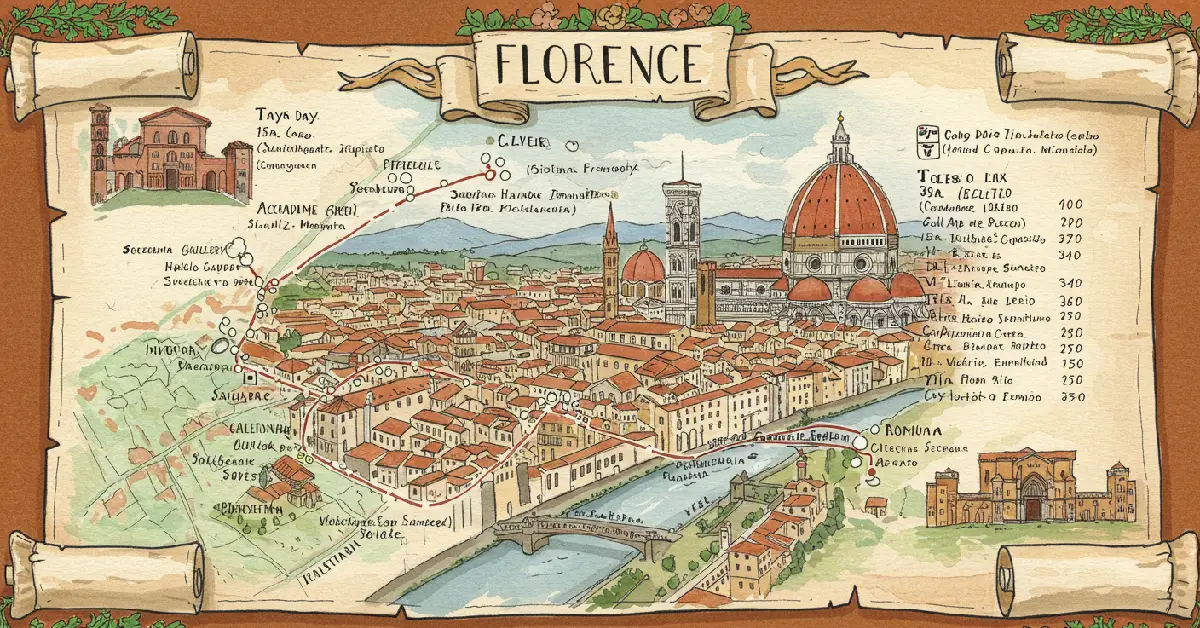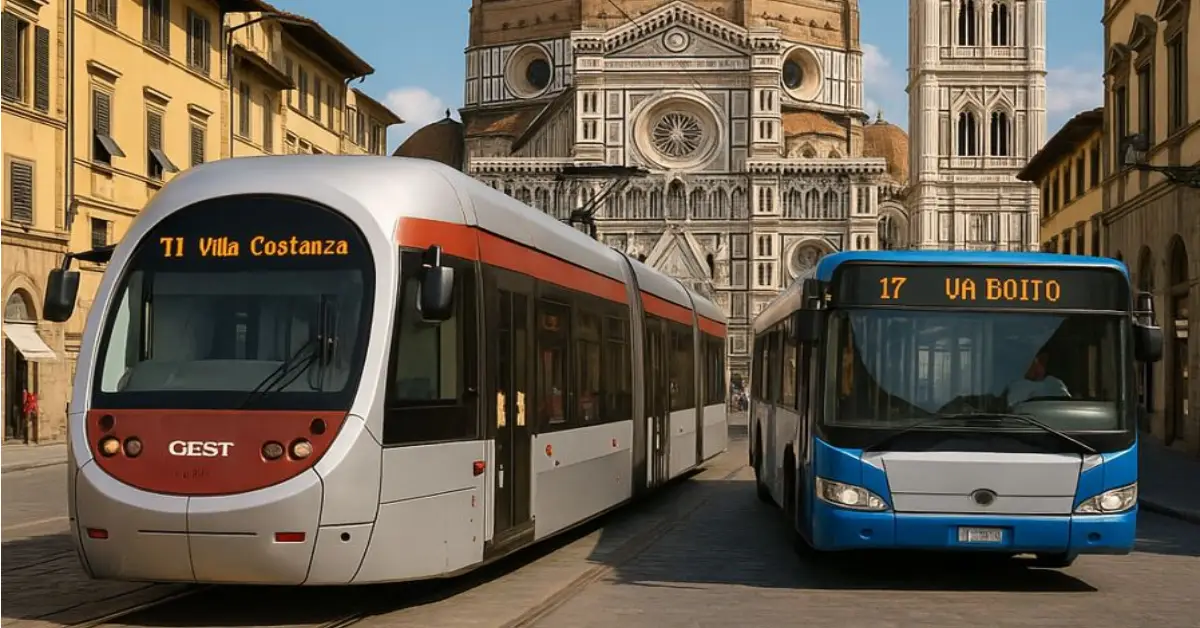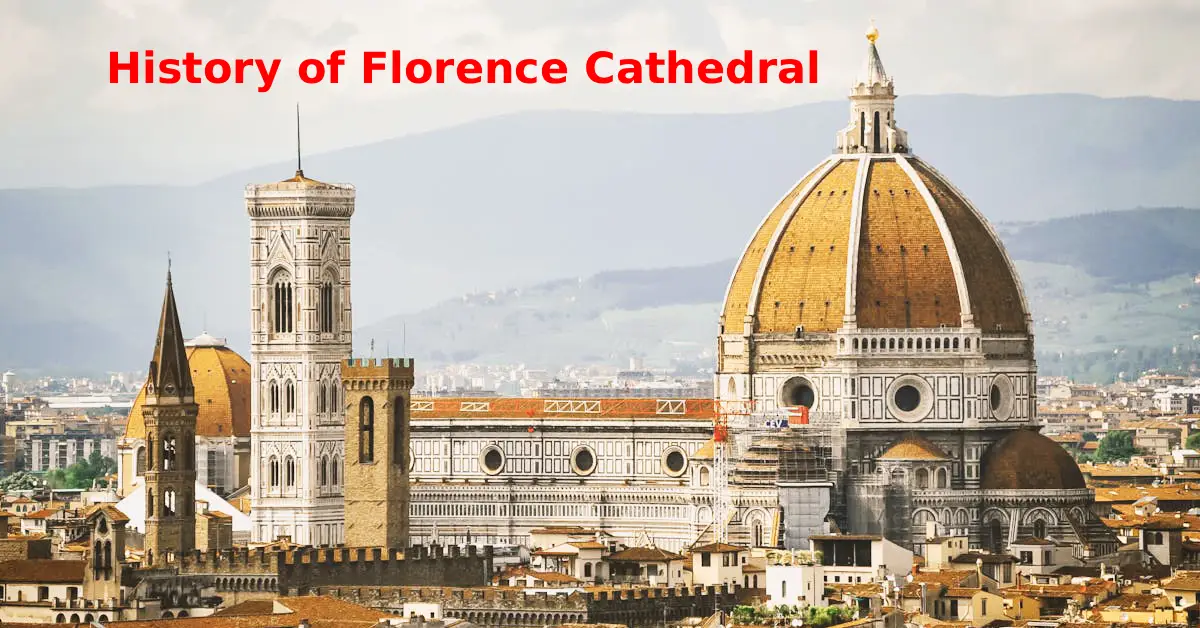There are a lot of things to discover in Florence in 3 days. Florence, a city that breathes history, art, and culture, is best enjoyed with a well-structured travel itinerary. To make the most of your Florence trip—whether you have one day, two days, or more—it’s important to organize your itinerary. Florence deserves careful planning: see the iconic Accademia Gallery to witness David, tour the Uffizi Gallery for Renaissance masterpieces, visit the Duomo, and don’t miss the underrated gems like the Bargello Museum. With a clear itinerary, you can focus on enjoying all the beauty and history this city has to offer while managing your time effectively.
What is the Best 3 Day Itinerary for Florence’s Top Attractions?
Here’s the 3 day Florence travel itinerary that captures the city’s charm, history, and artistry.
Day 1: Visit the Classics of Florence
- Visit the Duomo and admire its Gothic architecture and famous dome.
- Climb Brunelleschi’s Dome for a stunning view of Florence.
- Take a walking tour of the city center to explore its rich history.
- Enjoy lunch at Mercato Centrale or Sant’Ambrogio Market for local flavors.
- See Michelangelo’s David at the Accademia Gallery.
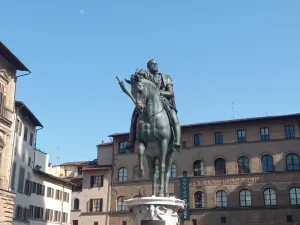
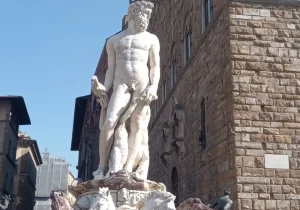
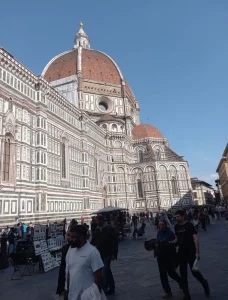
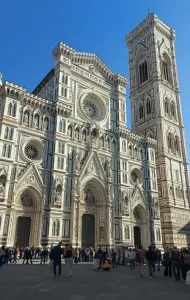
Visiting Brunelleschi’s Dome and the Duomo di Firenze
Begin your Florence adventure with a visit to the Duomo (Santa Maria del Fiore). Admire the Gothic architecture and take time to explore the Cathedral and its surrounding features, including Giotto’s Bell Tower and the Baptistery of San Giovanni. The Duomo’s impressive dome, designed by Filippo Brunelleschi, is an architectural masterpiece, representing a turning point in Renaissance engineering and ingenuity.
Climbing Brunelleschi’s Dome
Make sure to climb Brunelleschi’s Dome for one of the best views of Florence. It’s a strenuous climb of 463 steps, but the stunning panorama of the city is worth every step. As you ascend, you’ll see the incredible frescoes of the Last Judgment by Giorgio Vasari up close. Book your tickets in advance to avoid missing out, as this popular attraction tends to sell out quickly.
Walking Tour with Andrea
Consider taking a walking tour led by a local guide, like Andrea, who can provide insights into Florence’s rich history. A walking tour offers an excellent introduction to the historical city center, covering important sites like Piazza della Repubblica, Piazza della Signoria, and the Loggia dei Lanzi. These areas are steeped in history, from Florence’s time as a powerful city-state to its role as the epicenter of the Renaissance.
Eating Lunch at Mercato Centrale (San Lorenzo Market) or Sant’Ambrogio Market
For lunch, head to Mercato Centrale or Sant’Ambrogio Market to experience authentic local flavors. Mercato Centrale offers a modern, bustling food court on the top floor where you can enjoy fresh pasta, Tuscan charcuterie, and classic Italian pizzas. Sant’Ambrogio Market has a more local atmosphere, with vendors selling traditional Tuscan dishes and fresh ingredients.
Visiting Statue of David & the Accademia Gallery
In the afternoon, visit the Accademia Gallery to see Michelangelo’s David. This 17-foot-tall statue represents the biblical hero David, showcasing Michelangelo’s extraordinary ability to depict human anatomy with precision and emotion. The Accademia also houses other notable works by Michelangelo, including the unfinished Prisoners, which provide insight into his creative process. Arrive with skip-the-line tickets to save time.
Day 2: The Uffizi Gallery & Exploring Oltrarno
- Start at Santa Croce Church to see the tombs of famous Italians.
- Head to Piazza della Signoria to admire the statues and Palazzo Vecchio.
- Explore Renaissance art at the Uffizi Gallery with a guided tour.
- Have lunch along Via dei Neri at All’Antico Vinaio known for the best panini in Florence.
- Walk across Ponte Vecchio and enjoy the jewelry shops and river views.
- Stroll through Oltrarno and visit local artisan workshops.
- Relax at the Boboli Gardens behind Pitti Palace.
- Watch the sunset from Piazzale Michelangelo for panoramic city views.
- End the day with dinner at La Buchetta Food & Wine or Taverna Dei Servi Firenze.
Visit Santa Croce Church (Basilica di Santa Croce)
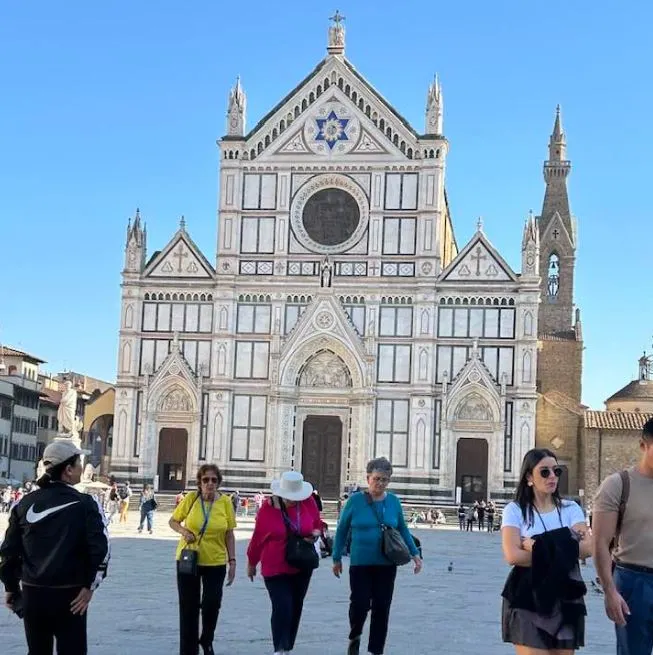
Start your day at the Santa Croce Church, often referred to as the “Temple of the Italian Glories” because it is the final resting place of many prominent Italians, including Michelangelo, Galileo, Machiavelli, and Rossini. The basilica also boasts incredible frescoes by Giotto, which depict scenes from the life of St. Francis and demonstrate the evolution of early Renaissance art.
Walking in Piazza della Signoria
After visiting Santa Croce, head to Piazza della Signoria, Florence’s political heart for centuries. The square is home to an array of impressive statues, including Perseus with the Head of Medusa by Cellini and Hercules and Cacus by Bandinelli. The Palazzo Vecchio, which dominates the square, was Florence’s town hall and still serves as a symbol of the city’s civic power. The Loggia dei Lanzi, an open-air sculpture gallery, is another highlight, featuring magnificent sculptures such as The Rape of the Sabine Women.
Visiting Uffizi Gallery
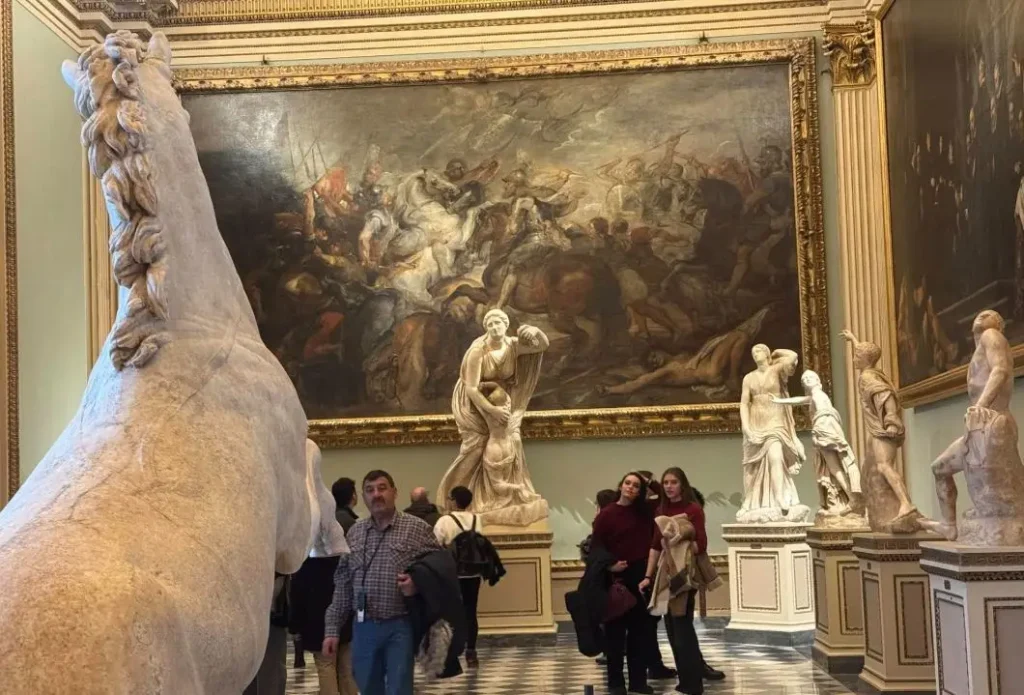
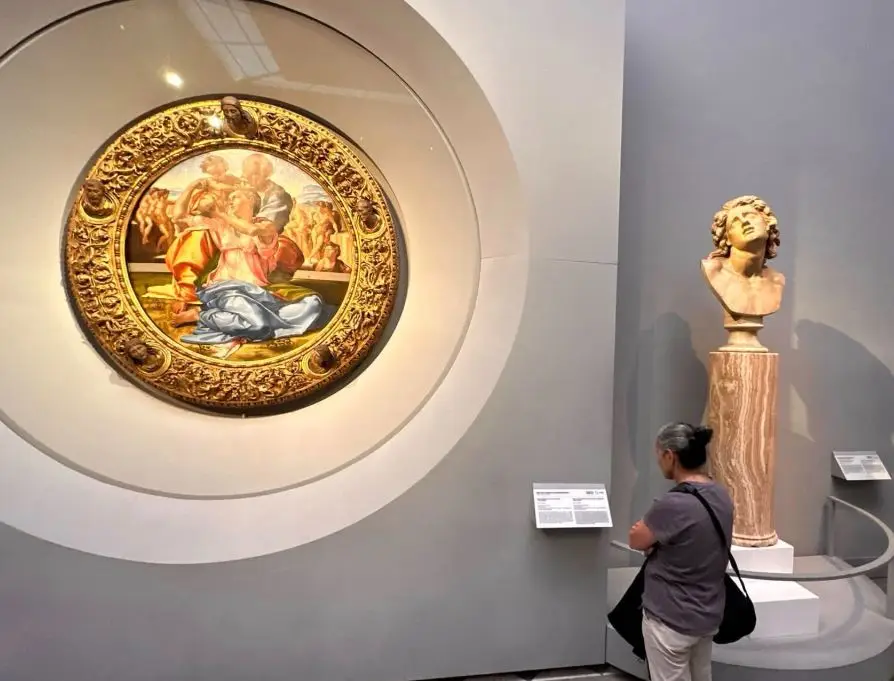
Spend the late morning to early afternoon exploring the Uffizi Gallery. This museum is home to iconic works of Renaissance art, including Botticelli’s The Birth of Venus and Primavera, Leonardo da Vinci’s Annunciation, and Michelangelo’s Doni Tondo. The Uffizi also showcases works by Raphael and Titian, reflecting the rich tapestry of Renaissance artistic achievement. A guided tour is highly recommended to fully understand the significance of these masterpieces.
Lunch at Via dei Neri
For lunch, grab a bite along Via dei Neri—a popular street for delicious Florentine sandwiches. All’Antico Vinaio is famous for its generous panini filled with local ingredients like porchetta, truffle cream, and pecorino cheese. Be prepared for a line, as this spot is a favorite among both tourists and locals.
Photography at Ponte Vecchio
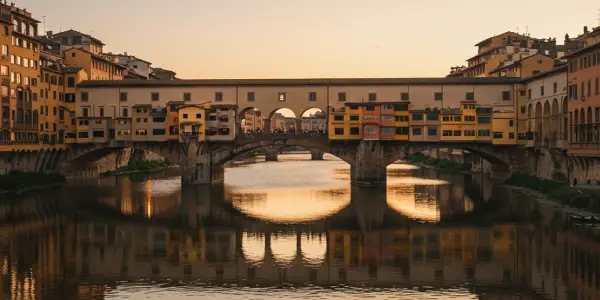
In the afternoon, walk across the Ponte Vecchio, Florence’s most famous bridge. Originally built in Roman times, it’s one of the few bridges in the world still lined with shops. Today, Ponte Vecchio is filled with jewelry shops and offers fantastic views of the Arno River. The bridge has a unique history—during World War II, it was the only bridge across the Arno not destroyed by retreating German forces, allegedly on Hitler’s orders.
Visit The Boboli Gardens
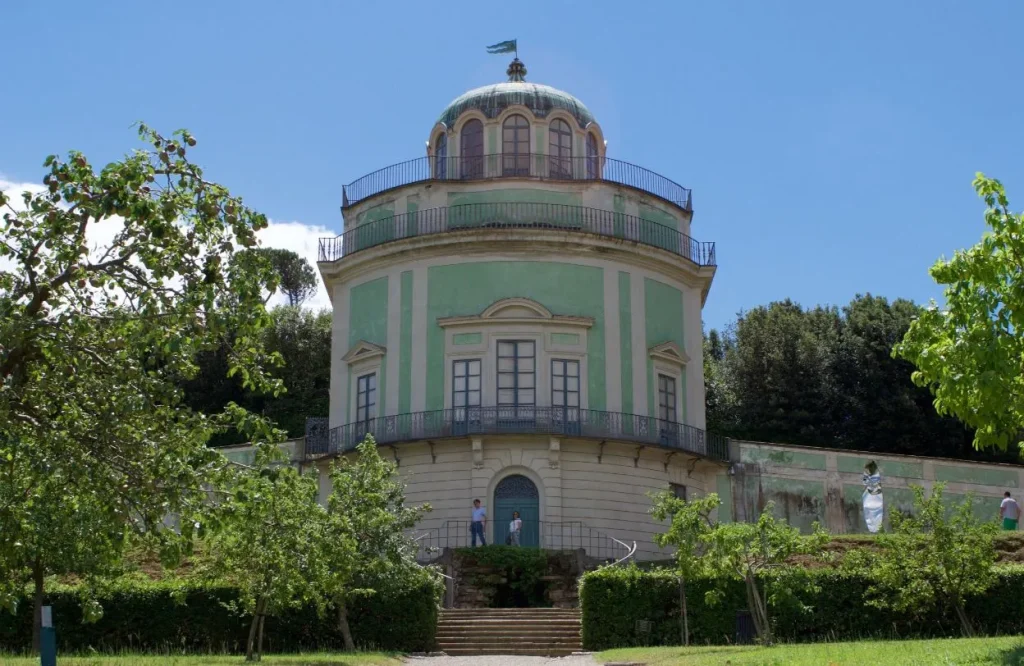
Visit the Boboli Gardens, located behind Pitti Palace. These gardens are among the first formal Italian gardens and offer a combination of art and nature with manicured lawns, fountains, and sculptures. The Fountain of Neptune and the Grotta del Buontalenti highlight this expansive green space, which provides a peaceful escape from the city’s hustle and bustle.
Sunset at Piazzale Michelangelo
As the day ends, head up to Piazzale Michelangelo to enjoy a breathtaking view of Florence at sunset. This terrace provides a sweeping panorama of the city, with the Duomo, Palazzo Vecchio, and Arno River all visible. It’s a perfect spot for panoramic city skyline photos, especially during the golden hour when Florence is bathed in a warm glow.
Dinner at La Buchetta Food & Wine or Taverna Dei Servi Firenze
End your day with a delicious dinner at La Buchetta Food & Wine or Taverna Dei Servi Firenze renowned for their famous Tuscan dishes and cozy ambiance. Both restaurants are centrally located, making them convenient options after a day of sightseeing.
Day 3: Local Charms & Markets
- Shop for leather goods and souvenirs at San Lorenzo Market in the morning.
- Visit the Medici Chapels to admire the mausoleum of Florence’s ruling family.
- Enjoy breakfast at Le Vespe Café with options like pancakes or avocado toast.
- Have dinner at Trattoria Sabatino for handmade pasta and Tuscan wine.
- Take a night walk along the Arno riverbanks to enjoy Florence at night.
Shopping at San Lorenzo Market
Shop for leather goods, souvenirs, and enjoy the lively local atmosphere.
Visit the Medici Chapels
Admire the mausoleum of Florence’s ruling family, an impressive display of Renaissance architecture.
Wander through the Oltrarno district
Explore the artisan workshops and charming streets of the Oltrarno, a district known for its vibrant local culture and creative community.
Night Walk by River Arno
Take a peaceful stroll along the Lungarno riverbanks to soak in Florence’s magical ambiance at night, with the city’s lights reflecting off the Arno River.
How many days are enough for Florence?
Most travelers recommend at least 2–3 days to fully enjoy Florence’s main attractions, art, and local culture, though more time allows for deeper exploration.
Is 1.5 days enough in Florence?
1.5 days can cover highlights like the Duomo, Uffizi Gallery, and Ponte Vecchio, but it may feel rushed for those looking to explore the city’s art and culture in depth.
What is the most beautiful area in Florence?
The historic center, especially around the Duomo, Piazza della Signoria, and the view from Piazzale Michelangelo, is widely regarded as the most beautiful area in Florence.
Is Florence safe for tourists?
Yes, Florence is a safe city for tourists to visit as solo travelers or with family. However, it’s better to know about some common scams in Florence so that you do not fall into tourist traps.
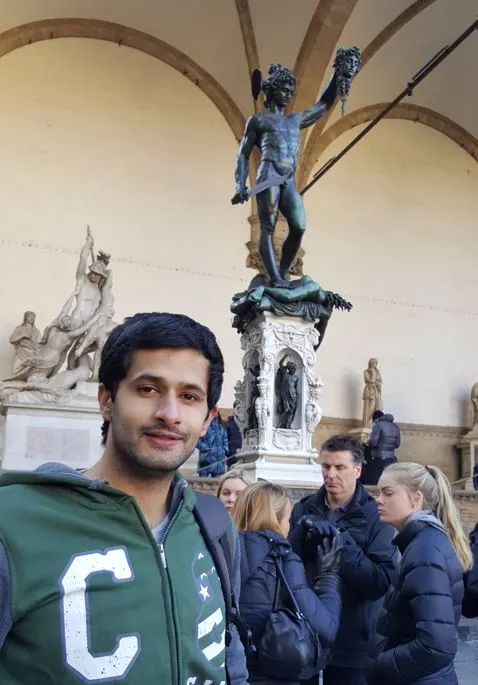
Mosaab is a seasoned content writer and SEO expert with a passion for travel, culture, and global cuisine. Drawing from his experience as a courier in Florence, he offers unique insights into the city’s hidden gems and rich history.

